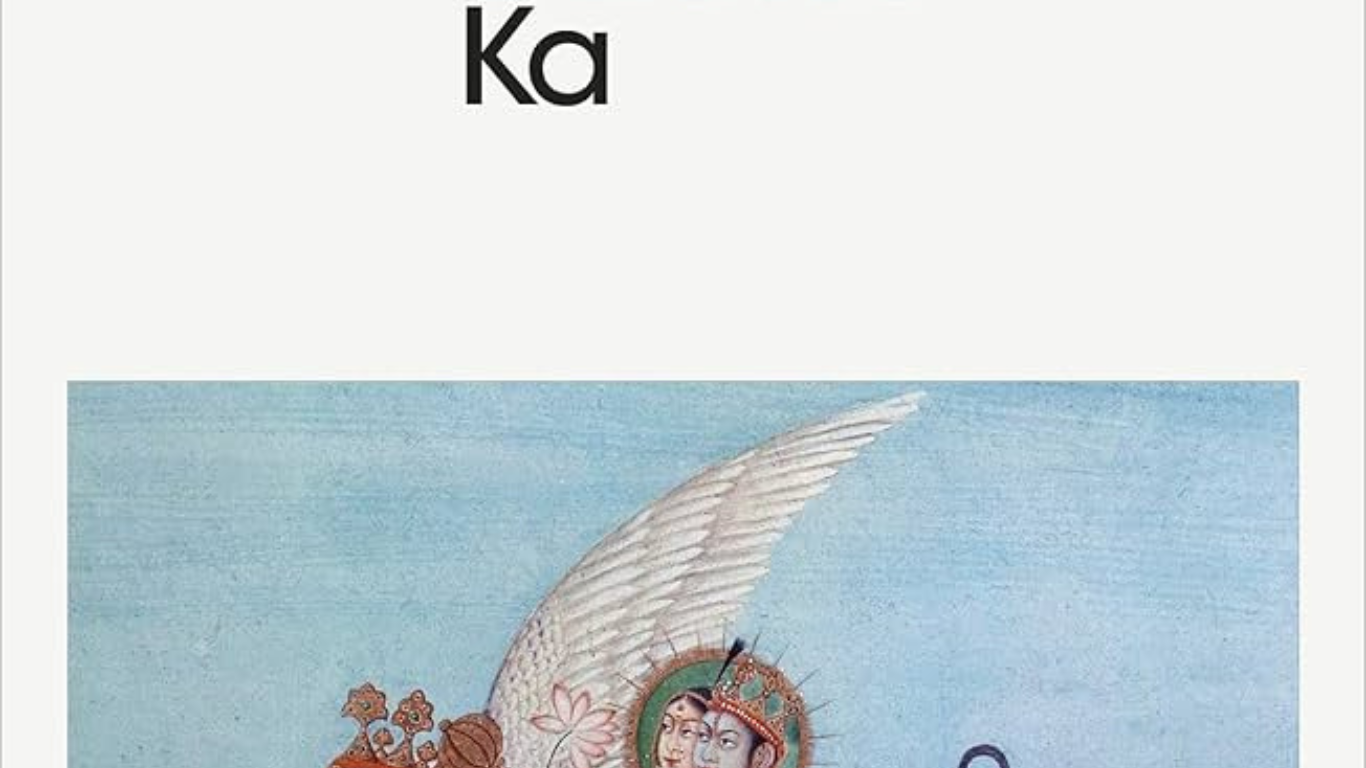Introduction: Unveiling the World of “Ka”
“Ka” is not just a book—it’s a transformative experience that reimagines ancient myths and storytelling. Depending on the context, “Ka” can refer to different works, most notably “Ka: Stories of the Mind and Gods of India” by Roberto Calasso, or even broader interpretations linked to the theme of “Ka” as the spirit in ancient Egyptian mythology. This blog dives into the literary gem that has captured readers’ imaginations, exploring its essence, themes, and enduring impact.
Whether you’re a lover of mythology, a seeker of philosophical insights, or a casual reader looking for profound stories, “Ka” has something to offer.
What is “Ka”? Understanding the Title and Its Significance
The word “Ka” is rich in meaning:
- In ancient Egyptian culture, “Ka” represents the spirit or vital essence of a person.
- In Hindu mythology, “Ka” often relates to creation, divinity, and existential inquiries.
Roberto Calasso’s “Ka: Stories of the Mind and Gods of India” encapsulates the philosophical depth of Indian myths, retelling stories of gods, demons, and humans with unparalleled literary elegance.
Plot Summary: The Mythical Tapestry of “Ka”
Calasso’s “Ka” offers interconnected stories drawn from ancient Indian scriptures, including the Rig Veda, Mahabharata, and Puranas. It’s not a linear narrative but a collection of episodes that illuminate the interplay between:
- Creation and Destruction: Stories of cosmic cycles and the interplay of gods like Indra, Agni, and Prajapati.
- Gods and Mortals: Tales of divine intervention, human struggles, and their spiritual journeys.
- Philosophy and Mythology: Reflections on karma, dharma, and the nature of reality.
Key highlights include:
- Garuda’s Journey: The celestial eagle’s quest for Amrita (the nectar of immortality).
- Brahma’s Creation: The exploration of the god Brahma’s creative process.
- Shiva’s Dance: The cosmic dance of Shiva that signifies both destruction and renewal.
These stories are not just myths—they’re reflections on human existence, spirituality, and the eternal questions of life.
Themes Explored in “Ka”
1. The Nature of Creation
“Ka” delves deeply into the origins of the universe, drawing from ancient Indian cosmology to provide thought-provoking insights.
2. The Interconnection of Life
Through its stories, “Ka” illustrates the interconnectedness of all beings, emphasizing the cyclical nature of life and death.
3. The Quest for Immortality
The book frequently explores humanity’s eternal desire for immortality, as seen in Garuda’s quest for Amrita.
4. The Dance of Duality
Themes of creation and destruction, good and evil, and divine and mortal interplay are central to the narrative.
5. Philosophy Meets Storytelling
Calasso seamlessly blends philosophical musings with mythological tales, making the book an intellectually enriching experience.
Why “Ka” Resonates with Modern Readers
1. Universal Themes
Despite its roots in Indian mythology, “Ka” touches on universal themes such as love, sacrifice, and the search for meaning, making it relatable to readers from all cultures.
2. Literary Brilliance
Calasso’s poetic prose, layered narratives, and philosophical depth elevate the book to a literary masterpiece.
3. A Fresh Take on Mythology
“Ka” presents ancient myths in a way that feels fresh and relevant, offering new perspectives on stories we thought we knew.
Comparison: “Ka” and Other Mythological Books
“The Mahabharata” vs. “Ka”
While “The Mahabharata” is an epic in itself, “Ka” draws inspiration from its stories and presents them in a reflective, modern narrative style.
“Mythos” by Stephen Fry vs. “Ka”
Stephen Fry’s “Mythos” retells Greek myths with humor and charm, whereas “Ka” delves into Indian mythology with a focus on philosophical inquiry.
“The Bhagavad Gita” vs. “Ka”
While “The Bhagavad Gita” focuses on spiritual teachings, “Ka” integrates philosophy into its storytelling, offering a broader narrative spectrum.
Critical Reception and Legacy
“Ka” has been widely acclaimed for its intellectual depth and narrative beauty.
- Awards: The book has been recognized internationally, earning Calasso a place among literary greats.
- Reader Reviews: On platforms like Goodreads and Amazon, “Ka” holds high ratings, with readers praising its poetic prose and philosophical insights.
Critics often describe “Ka” as a book that bridges the gap between ancient and modern, East and West, story and philosophy.
How to Approach “Ka” as a Reader
1. Be Patient with the Structure
“Ka” doesn’t follow a linear plot. Approach it as a collection of interconnected tales rather than a traditional novel.
2. Take Notes
With its rich symbolism and complex themes, jotting down key points can help you better understand the book’s depth.
3. Explore the References
If you’re unfamiliar with Indian mythology, take the time to research the gods, characters, and concepts mentioned in the book.
Who Should Read “Ka”?
- Mythology Enthusiasts: If you love exploring myths from different cultures, “Ka” is a treasure trove.
- Philosophy Lovers: The book’s deep reflections on life, death, and existence make it a must-read for philosophy buffs.
- Casual Readers: Even if you’re not familiar with Indian mythology, Calasso’s storytelling makes “Ka” an accessible and enjoyable read.
Where to Buy “Ka”
“Ka” is available in bookstores and online platforms like Amazon, Barnes & Noble, and independent bookstores. Check for editions with additional commentary or introductions for added context.
Conclusion: The Timeless Relevance of “Ka”
“Ka” is more than just a book—it’s a journey through the timeless world of mythology and philosophy. Roberto Calasso’s masterful storytelling breathes new life into ancient tales, making them accessible and meaningful to modern readers. Whether you’re seeking intellectual stimulation, spiritual insights, or simply a captivating read, “Ka” is a book that delivers on all fronts.
Pick up a copy today and immerse yourself in the rich, enchanting world of “Ka.”




